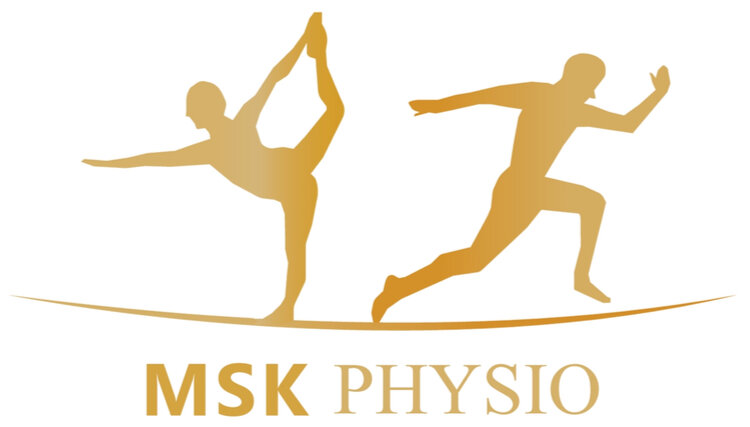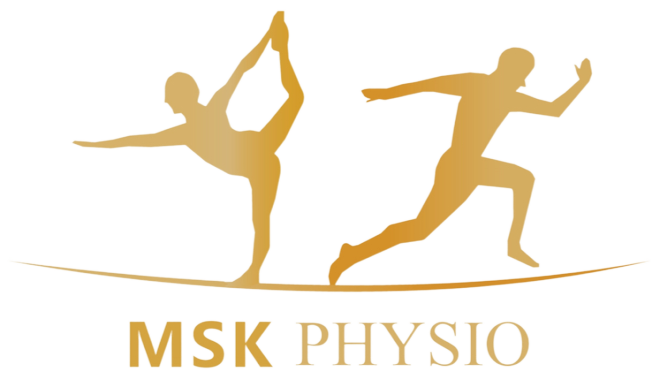HEAT & ICE (What Do I Choose?)
HEAT
Increases blood flow
Reduces soft tissue tension
Reduces pain
Increase soft tissue flexibility
Promote muscle relaxation
ICE
Helps with inflammation
Eases swelling and redness
Reduced blood flow
Decreases bruising
Reduced pain (numbness)
Applying Heat Therapy
Heat is often useful when used for longer periods of time compared to Ice/cold therapy. Minor issues such as aches, tension or stiffness can be relieved by heat treatment. Chronic conditions may also benefit from heat therapy. It is usually recommended to apply heat therapy (wrapped with a towel) for 10-20 minutes at a time (please take care or consult a medical professional if you are unsure how to use heat therapy).
It is recommended to avoid using heat therapy when:
There is a recent injury
Open and visible wounds
Areas of the body that have redness, swelling or bruising
Applying Cold Therapy
Cold treatment is recommended with acute injuries for example after a sprain following an accident/injury within the first 24-48 hours. Cold therapy is usually recommended to be applied for 5-15 minutes at a time (and no longer than 20 mins). When applying cold therapy it is recommended to wrap the ice pack in a towel to avoid burns, damage to the skin and increased discomfort (please take care or consult a medical professional if you are unsure how to use cold therapy - Do not apply cold therapy directly to your skin.
It is recommended to avoid using cold therapy when:
Specific areas which have reduced sensation or blood flow
A task involves balance and proprioception
How Heat & Ice Work?
Heat: The aim of heat therapy is to increase blood flow to the injured or painful area by dilating blood vessels to help decrease pain, increase flexibility and promote soft tissue relaxation.
Ice: The aim of cold therapy is to reduce blood flow to the injured area by constricting blood vessels and to help decrease pain and swelling.




